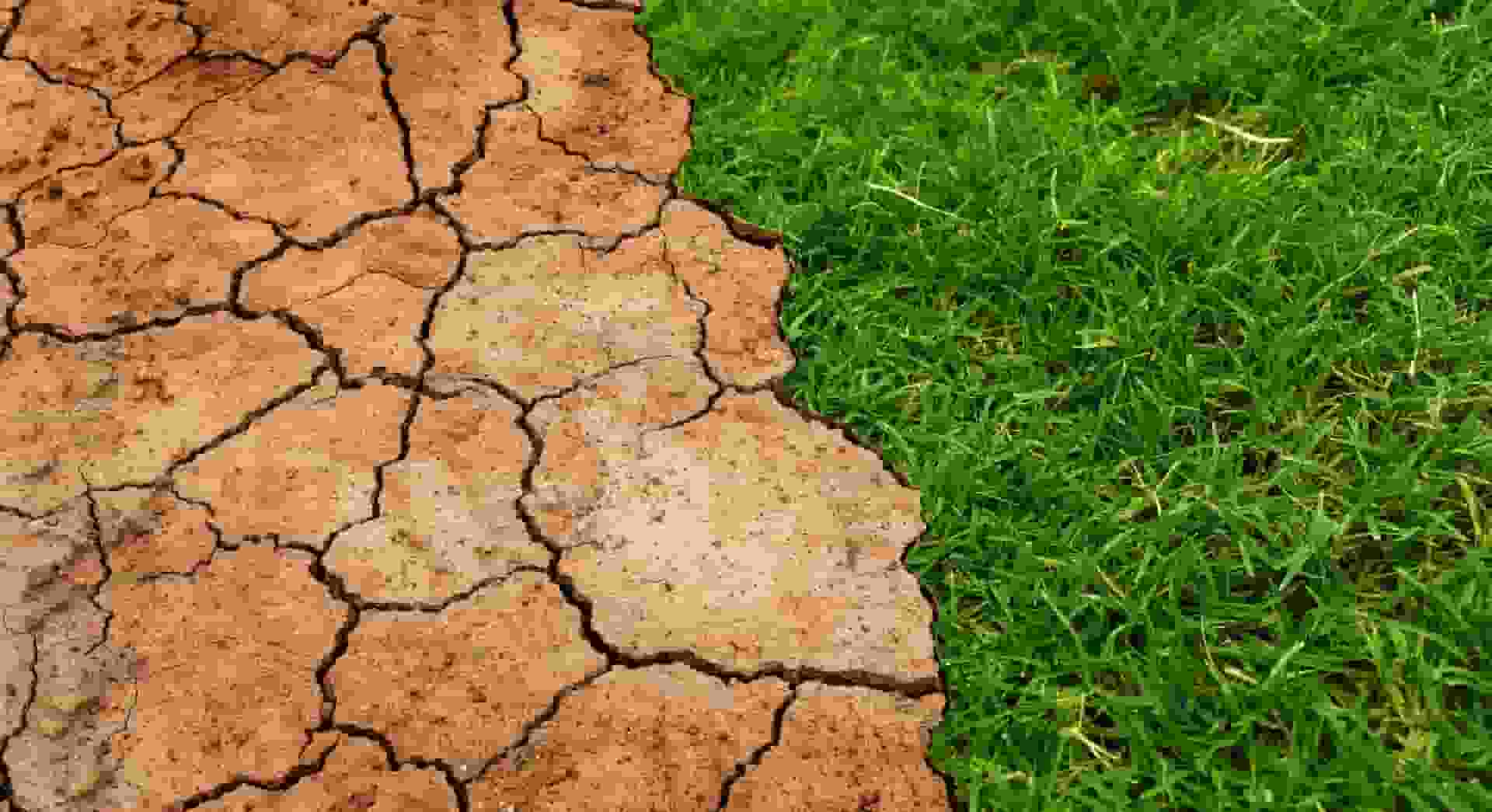
This week, a group of US scientists proposed an unconventional strategy to prevent global warming: generating enormous clouds of moon dust to reflect sunlight and cool the Earth.
It seems like science fiction, but some experts believe it could be the key to averting global disaster. According to US scientists, dust released from the moon could be an effective technique for masking sunlight and reducing global warming.
Can Moon Dust Mitigate Climate Change?
According to their new research, moon dust would intercept a fraction of the sunlight before it reaches our planet, acting as a “temporary sunshade.”
After the dust settles and drifts away, more would be launched from the moon, providing ongoing relief from the sun’s light and heat.
For decades, scientists have been researching solar geoengineering in order to deflect solar radiation and regulate Earth’s temperature. According to a new study, scientists from the Harvard-Smithsonian Center for Astrophysics and the University of Utah propose putting dust in orbit to protect Earth from sunlight.
The scientists discuss the varied features of dust they investigated, the volumes needed, and the orbital altitudes that would be ideal for their method in a new research published in the journal PLOS Climate.
The scientists discovered that shooting dust from Earth to the stable orbital “Lagrange Point” between Earth and the sun would be the most successful way. They did, however, propose a less expensive way of blasting lunar dust directly from the moon.
“It is amazing to contemplate how moon dust — which took over four billion years to generate — might help slow the rise in the Earth’s temperature, a problem that took us less than 300 years to produce,” research co-author Scott Kenyon of the Center for Astrophysics said.
Read more: How to witness the Green Comet and Mars this coming weekend?
Launching Lunar Dust Cloud To Lagrange Point 1

The researchers’ inspiration stemmed from their daily work exploring planet formation. When planets originate, massive volumes of cosmic dust are emitted, forming rings around the planet’s home star.
The researchers decided to see whether they could generate a comparable dust cloud by employing Lagrange Point 1 (L1), the closest point between the Earth and the sun where gravitational forces are balanced. Similarly, the James Webb Space Telescope uses a stable orbital point at Lagrange Point 2, 1.5 million kilometers (1 million miles) from Earth.
The researchers discovered that they could precisely launch a cloud of dust to L1 and that it would follow a route between Earth and the sun, providing shade for Earth.
They also stated that their dust cloud may be easily blown off track by solar winds and radiation. This means that their solution would necessitate a steady supply of dust every few days. Given a result, their lunar dust approach would be great, as there is a large quantity of dust on the moon. That solution would also be far less expensive to run continually.
Though the regular replenishment of dust presents a major logistical issue, it also ensures that any potential short-term damage to Earth would be reversible, and the dust would not directly affect our atmosphere.
Read more: Twitter plans to charge companies $1,000 per month for gold verification badge

